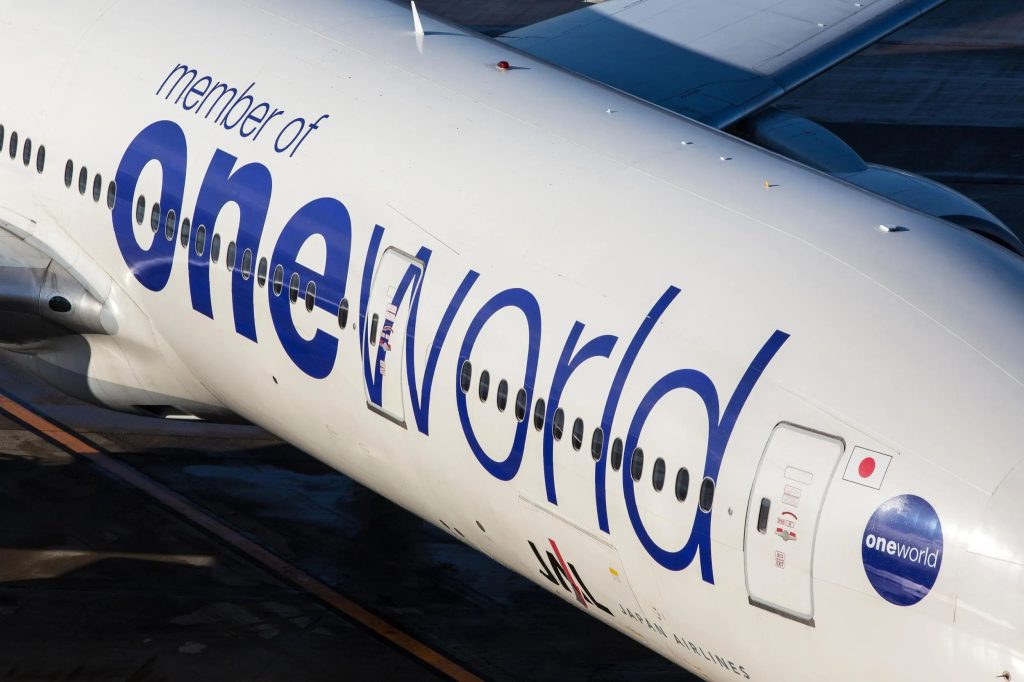A cyber attack struck Japan Airlines (JAL) on December 26, bringing both domestic and international travel to a standstill. Airport terminals across Japan saw long lines of frustrated passengers, uncertain about whether their flights would depart on time. JAL is the country’s second-largest carrier, so its troubles quickly drew media attention and raised questions about broader airline cybersecurity.
Disruption and Delays
Network disruptions began at about 7.24am, affecting baggage check-in, online bookings, and internal systems. JAL halted same-day ticket sales to avoid further confusion while it investigated the issue. Passengers reported problems buying last-minute tickets, and the airline struggled to process luggage efficiently.
More than 20 domestic flights were delayed by at least half an hour. International flights also faced setbacks, though mass cancellations did not occur. Many travelers expressed anxiety over missed connections and the prospect of lost baggage. JAL emphasized that no passenger data had been leaked, adding some relief for those concerned about credit card or personal details.

Official Response and Ongoing Threats
By mid-morning, JAL’s IT team traced the problem to a malfunctioning router, which they temporarily disabled. Service gradually returned to normal, but this incident highlights Japan’s current wave of cyber attacks. The country’s space agency, JAXA, reported an attempted breach in 2023, and Nagoya Port was recently hit by ransomware tied to Lockbit. Even the National Centre of Incident Readiness and Strategy for Cybersecurity (NISC) suffered a prolonged infiltration.
Airlines, in particular, remain high-value targets due to their reliance on complex digital networks. JAL’s swift shutdown of its router averted a larger crisis, but experts warn that more advanced attacks could cause far greater disruption. Recent issues at American Airlines—where flights were grounded because of a technical glitch—remind us how dependent modern carriers are on continuous network integrity.
Conclusion
Passengers felt the immediate impact of JAL’s cyber attack through flight delays and halted ticketing. Though the airline managed to limit the fallout, the incident reveals the persistent vulnerability of essential travel infrastructure. Japan’s broader pattern of cyber assaults points to an urgent need for more robust protection measures. As travelers, we rely on seamless airline technology, but this event serves as a reminder that even the most established carriers can face severe challenges in today’s digital age.